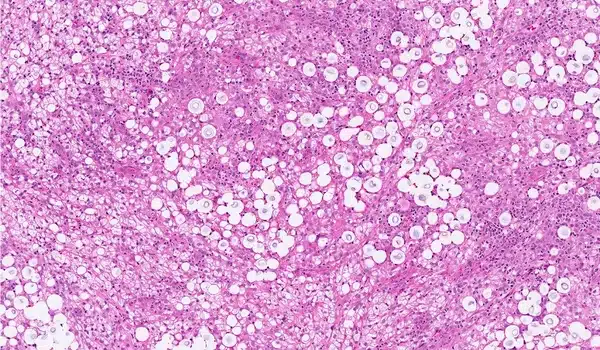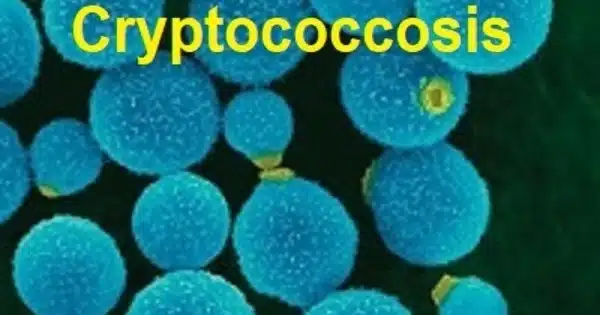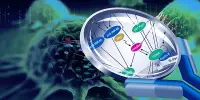A group of international mycology experts, coordinated by Professor Dr Oliver A. Cornely of the University of Cologne, has collaborated to develop a guideline for the diagnosis and treatment of cryptococcosis, to improve infection management and hence patient survival. Cryptococcosis is a fungal infection that mostly affects the lungs and can lead to meningitis. The paper ‘Global guideline for the diagnosis and management of cryptococcosis’ was published in The Lancet Infectious Diseases.
Cryptococcosis, particularly cryptococcal meningitis (CM), is the most lethal variant, accounting for a significant mortality rate among patients. It is one of the most common invasive fungal diseases in the world, and it poses a significant concern, particularly to persons with immunodeficiencies. Every year, approximately one million instances of cryptococcal meningoencephalitis are detected in HIV-positive people worldwide, and more than 600,000 people die as a result of the condition.
Patients who have had a bone marrow or organ transplant are likewise at a higher risk of infection. It is spread by inhaling spores from the soil. The infection spreads to other organs via the bloodstream. The lungs, brain, skin, and bones are the most commonly afflicted.
Invasive fungal infections are often difficult to recognize in everyday work in clinics because they occur so rarely. However, patients at risk need to be treated quickly and appropriately.
Professor Dr Oliver A. Cornely
“Invasive fungal infections are often difficult to recognize in everyday work in clinics because they occur so rarely. However, it is particularly important for patients at risk to be treated quickly and appropriately,” said Cornely from Department I of Internal Medicine at University Hospital Cologne and Director of the Institute of Translational Research at the University of Cologne’s CECAD Cluster of Excellence for Aging Research.
“At the same time, we must not forget that the conditions for recognizing the infection at an early stage are not equally good everywhere in the world and that resources are sometimes very limited. There are many countries with a high number of cases that are poorly equipped in this respect. As part of our Global Guideline Programme, we would like to contribute to improving this situation.”

The cryptococcosis guideline is designed to support medical staff in handling invasive fungal infections. It is intended to provide practical guidance and support in decision-making and thus improve clinical approaches, diagnosis, management, and aftercare for the benefit of patients.
The project was carried out by the mycological societies ECMM (European Confederation of Medical Mycology) and ISHAM (International Society for Human and Animal Mycology) in collaboration with the ASM (American Society for Microbiology). “More than 70 other international specialist institutions were involved in developing this new guideline. This is a great help for our scientific work and shows how great the interest, but also the need for such recommendations is,” explained Cornely. Authors from 22 countries contributed to this guideline. Dr Christina Chang from Monash University in Melbourne, Australia, and Professor Dr John Robert Perfect from Duke University in Durham, USA, were in charge of the project.
Invasive fungal diseases are emergencies. However, because a particular pathogen appears seldom, it is frequently detected later. However, patients’ lives rely on prompt detection and well-practiced procedures. Since 2017, University Hospital Cologne has been recognized as a European Centre of Excellence by the ECMM. Patients at the center can take advantage of cutting-edge testing and treatment choices. Furthermore, Professor Cornely’s experts function as advisors for colleagues in Germany and around the world.















